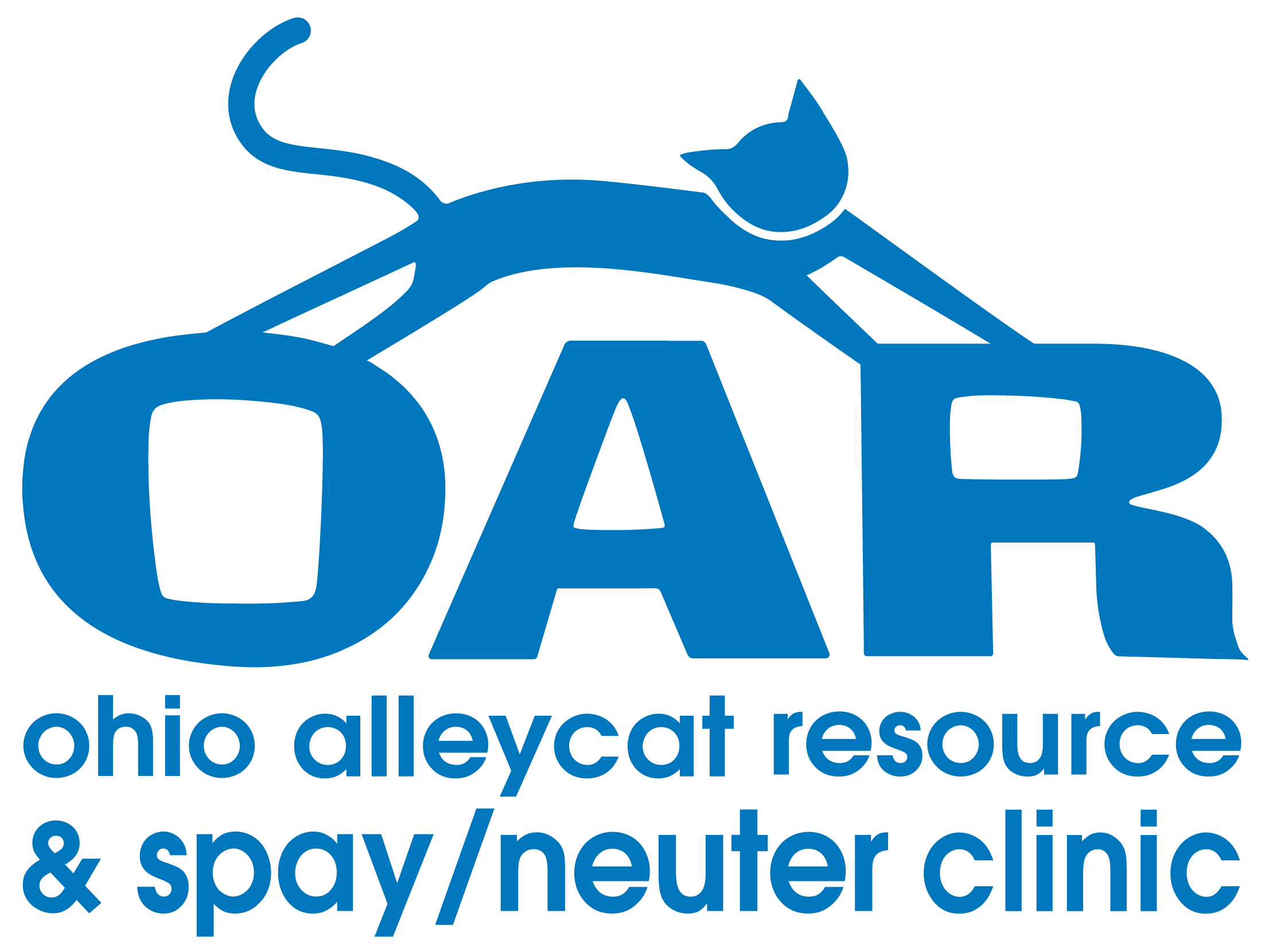FAQs
Foster
If you are interested in allowing cats or kittens to temporarily live in your home, sign up here.
- Keeps cats healthy while they develop immunity from vaccines.
- Gives cats a place to heal from injuries or illness.
- Provides a safe space for cats to learn to trust humans and work on behavioral issues.
- Gives cats a break from the shelter.
- Allows OAR to increase the number of cats it serves.
- Provides a safe environment for mom cats to raise their kittens.
That’s up to you. You can temporarily house 1-2 adult cats or 1-7 kittens (a litter). You might welcome a docile senior lap cat into your home, or work with a crew of feisty kittens to help them learn manners.
If you’d like to develop special skills (like feeding bottle baby kittens or giving medication to cats), OAR can help you to learn what you need to know.
Kittens stay in their foster homes until they weigh enough that they can safely be spayed/neutered (1.8 pounds, usually around 10 weeks).
Adults stay with their fosters until they’re ready to enter the adoption center. Ordinarily, it takes 1-3 weeks, but the process is different with every cat.
OAR handles all of that. Pick up the supplies when you get your cats/kittens: toys, bowls, litter boxes, litter, food, and treats.
Your foster(s) will likely visit veterinary technicians for vaccines and check-ins at least once during their time with you. We work around your schedule.
Adopt
Interested in giving one (or more) of OAR’s adorable cats or kittens a permanent home? See who’s available and fill out an adoption questionnaire.
You can request to meet particular animals, but we cannot reserve or hold a cat until you’ve met them in person.
Bring a hard-sided carrier with you when you come to adopt cats/kittens. If you forget it, you can purchase a cardboard carrier from OAR for $10.
We want the process to be fun and easy. We also take our responsibility in the process seriously! Once you’ve met your match, we go over their medical history and discuss their behavioral needs with you. The process usually takes about 15 minutes.
Get a litter box, litter, food and water bowls, and toys for your new friend. We will provide you a sample bag of Hill’s Science Diet cat or kitten food (what they eat at the shelter), which allows you to make a transition over seven days into whatever you intend to feed your cat.
Barn Cats
Do you have a barn, workshop, garden, brewery, or other outdoor setting with shelter that would benefit from working cats? Fill out a request for a barn cat.
Barn cats are not suited for traditional indoor cat living arrangements, but they make fantastic mousers/working animals! They’re spayed/neutered, vaccinated, and healthy.
Barn cats enter our care from a variety of situations. They may have been community cats who could not be returned to their outdoor territory, or cats we receive from partner shelters who have unknown histories. What they do all have in common, is that they are not suited for traditional indoor cat living arrangements, and are able to thrive in outdoor homes. In the past, these cats were likely to have been euthanized at shelters. Giving them a new life as a barn cat allows them to live in harmony with people and their environment.
A representative from OAR will bring two (or more) cats to your property. You will confine them to an escape-proof room or enclosure (ranging in size from a garage to a large dog crate) for 2-4 weeks. You’ll give them food and water and clean out their litter box daily during this acclimation time.
Because feral cats are motivated by food and security, this reinforces the idea that they are in their new home. Once you release them after four weeks, 90% of cats will keep coming back to you daily for food/water and a safe and warm place to take shelter. (If you confine them for two weeks, 75% of cats stick around.) Introducing at least two new cats to the territory greatly increases the chances that they’ll stay.
You cannot select your barn cats, but if you have a sex or color preference, let us know, and we’ll do our best to accommodate you. All of our barn cats are adults.
Feral cats don’t want to hurt you; they want to avoid you. Some barn cats increase in friendliness over time, but that shouldn’t be your expectation. Instruct your children not to pick up or try to pet the barn cats.
It is extremely unlikely that a barn cat will attack humans (adult or children) or any other animals (including chickens).
You should be prepared to humanely trap your cats if they become sick or injured. Barn cats can be taken to feral-friendly veterinarians for vaccinations and care. Because trapping a cat and taking them away from their territory can be such a stressful experience for feral cats, weigh the costs and benefits with your vet to determine the level of care you want to provide.
Spay/Neuter Clinic
Coming soon!
TNR
Trap, Neuter, Return: It seems simple, but there are a lot of questions that can arise when you care for community cats.
Community cats are unowned, free-roaming cats that live outdoors. Some community cats have never been socialized and are feral, while others are friendly!
Spaying/neutering all outdoor cats increases their lifespan, their health, and controls cat populations.
Because feral cats do not have the temperament for traditional adoption, bringing them to a shelter is not a good solution. Municipal shelters may euthanize them, and no-kill shelters cannot adopt them out.
Friendly cats in your neighborhood that are healthy and thriving often do best when returned to their outdoor territories where they know the lay of the land and are looked after by residents of the community. In addition, this ensures space in shelters and rescues is open for cats with no other options.
Consider helping your community cats by trapping them to be spayed/neutered and feeding/watering them. Put up shelters so they have a safe, warm place away from predators.
Trap and spay/neuter the outdoor cats in your community. Nuisance behaviors—such as fighting, yowling, and spraying—tend to be associated with mating.
Work with your neighbors to help alleviate their concerns.
OAR’s volunteer resources are limited, and cat colonies are numerous! You can borrow traps from OAR, and we’ll teach you how to use them.
Outdoor cats do kill small prey, which does include songbirds. However, the greatest amount of damage inflicted on bird populations comes from humans destroying their habitats.
Zoonotic diseases (that can be passed to humans) are rare in cats. There have been no reported cases of cats transmitting rabies to humans. It’s never a good idea to touch an unfamiliar animal. If you do, wash your hands thoroughly.
We recommend that you find a neighbor who will be able to continue to care for them. The best situation is that the cats stay in their familiar territory and receive the same level of care. Some caretakers move their colonies with them. Follow relocation protocols if you make that choice.



